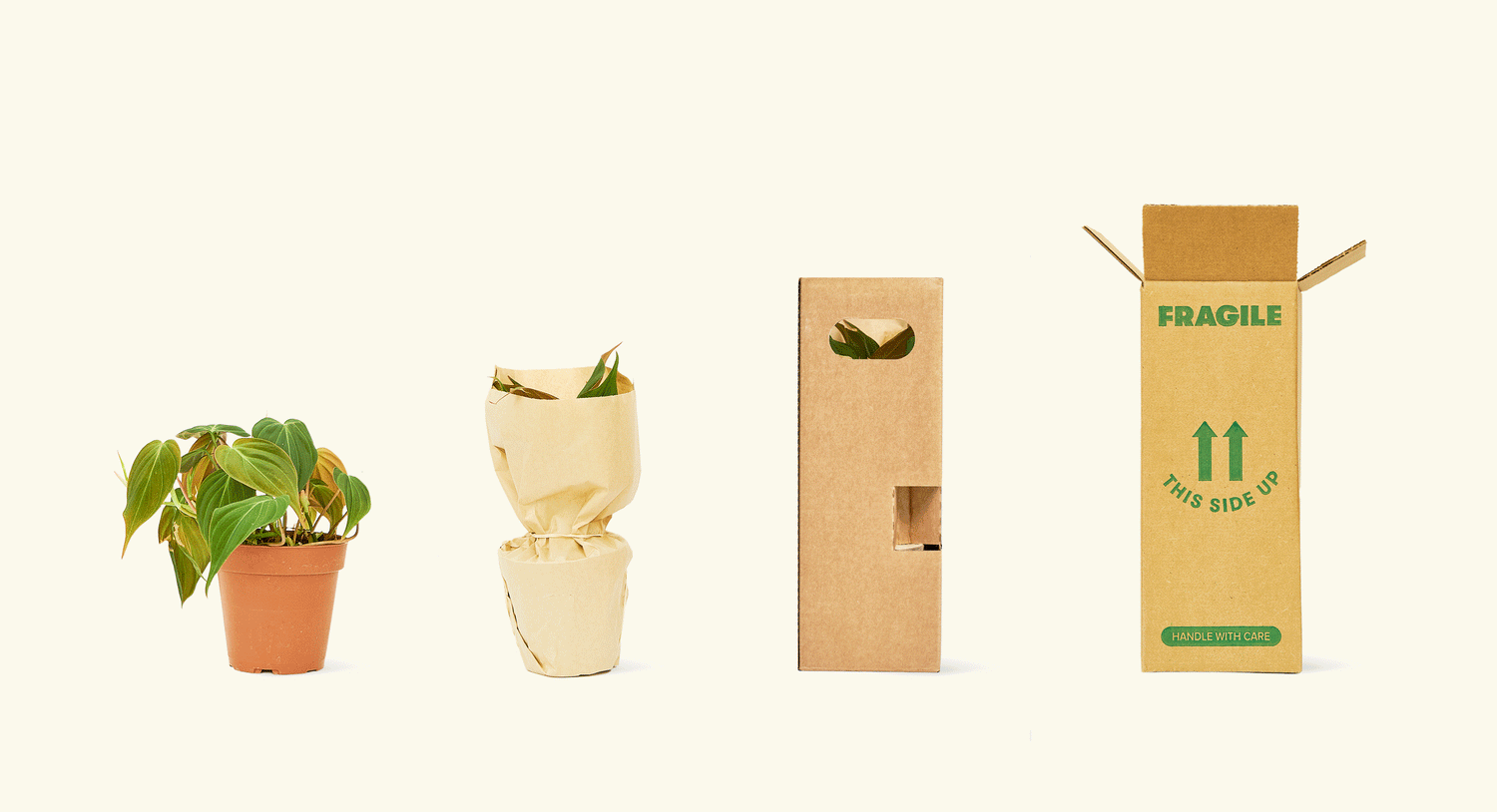Cat Palm Care Guide
About Cat Palm
The Cat Palm (Chamaedorea cataractarum), also known as the Cataractarum palm or Chamaedorea cat palm, is a lush tropical plant admired for its full, feathery fronds and graceful arching stems. Unlike many palm species that develop a trunk, this palm grows as a dense clump, giving it a bushy, fountain-like appearance that instantly adds greenery to any room.
Native to the rainforests of Mexico and Central America, the Cat palm tree thrives in warm, humid environments and is best suited for USDA hardiness zones 9-11 if grown outdoors. Indoors, it adapts beautifully to homes and offices, making it a popular choice as a decorative Cat palm indoor plant.
Available in a large Cat palm size, typically reaching 3-4 feet tall in a pot, this houseplant is a slow grower with a long lifespan when cared for properly. It requires only moderate maintenance, making it ideal for plant enthusiasts at any skill level.
One of the biggest advantages of the Cat palm plant is its pet-friendliness. Unlike many tropical plants, the Chamaedorea cataractarum is non-toxic to cats and dogs, so you can enjoy its lush greenery without worry. With the proper Cat palm care indoors (moist soil, indirect light, and good humidity), your palm will remain vibrant and healthy for years.
Cat Palm: Common Names
- Cat palm
- Cataractarum Palm
- Chamaedorea Cat Palm
- Cascade Palm
- Cataract Palm
Cat Palm: Benefits
- Improves indoor air quality by filtering out common household toxins
- Safe for cars and dogs, as it is non-toxic to pets
- Creates a lush, tropical atmosphere in homes or offices
- Naturally helps increase humidity in dry indoor environments
- Offers stress-reducing and mood-boosting effects
- Works as a decorative screen or filler plant thanks to its dense growth
Cat Palm Care: Growing Tips
The Cat palm plant is easy to care for, making it an excellent choice for beginners who want a tropical touch indoors.
Cat Palm: Light Requirements & Temperature
- Light: The Cat palm prefers low to bright indirect light. Direct sunlight can scorch its fronds, so for best results, place it near a bright window with filtered light.
- Temperature: Keep your Chamaedorea cataractarum in warm, consistent conditions. It thrives between 65–80°F and should be kept away from drafts or sudden cold.
Cat Palm: Watering & Humidity
- Watering: Caring for a Cat palm means maintaining consistently moist soil. Water when the top inch of soil feels dry, but avoid overwatering, which can lead to root rot.
- Humidity: This tropical palm loves humidity. If you notice brown tips, the air may be too dry, so mist the plant, use a humidifier, or place it on a pebble tray to boost moisture.
Cat Palm: Soil, Fertilizer, and Repotting
- Soil: To keep your Cat palm tree healthy, use a rich, well-draining potting mix designed for palms or tropical plants.
- Fertilizer: Feed monthly during spring and summer with a balanced, water-soluble fertilizer. Reduce feeding in fall and winter when growth slows.
- Repotting: A full-grown Cat palm grows slowly, so it won’t need frequent repotting. Refresh the soil and upgrade the pot every 2-3 years, or when roots outgrow the container.
Cat Palm: Propagation
Propagate a Cat palm by dividing healthy clumps during repotting. Each section should have roots attached, be placed in fresh soil, and kept moist.
Cat Palm: Problems and Pruning
Brown tips from low humidity, yellowing from overwatering, or sunburned fronds are common. Trim damaged leaves to maintain a neat, healthy appearance.
Cat Palm: Companion Plants & Placement Options
The Cat palm tree is a versatile plant that adds tropical charm to many spaces. Its dense, bushy fronds pair well with other statement plants for a full indoor jungle look.
Great to Place on
The indoor Cat palm works beautifully as a floor plant in living rooms, bedrooms, or home offices. It also thrives in bathrooms with bright, indirect light thanks to the natural humidity. It can be placed on shaded patios or porches in warmer climates to enhance outdoor lounging spaces.
Cat Palm Tree Grows Well With
- Ficus Audrey: Ficus Audrey is a bold, upright plant contrasting with the cat palm’s feathery foliage.
- Money Tree: A symbol of luck and prosperity, the Braided Money Tree pairs well with the cat palm’s lush greenery.
- Snake Plants: Hardy and architectural, the Snake Plant complements the cat palm’s soft, flowing leaves.
Get Cat Palm for Sale From Hey Rooted Today!
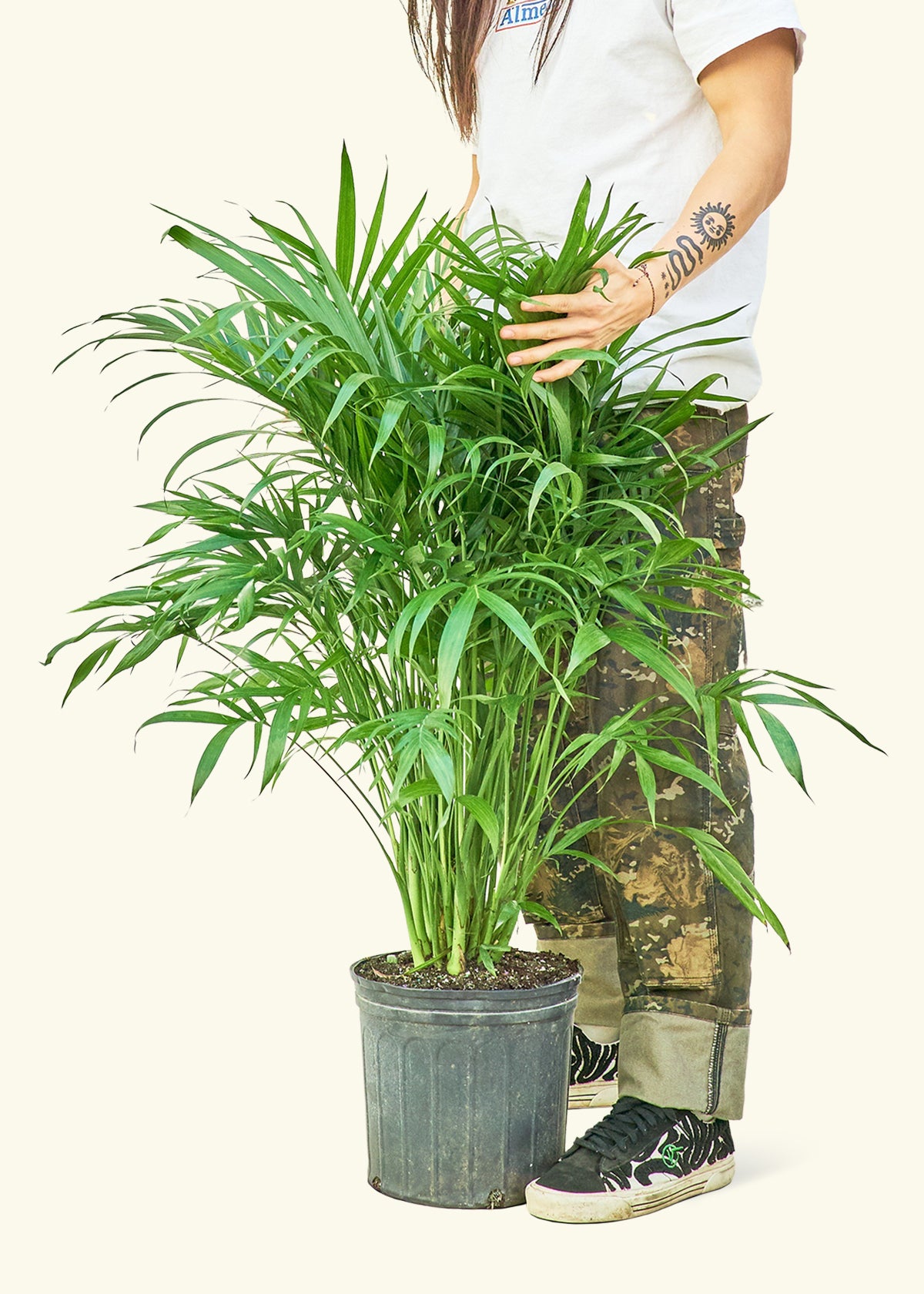
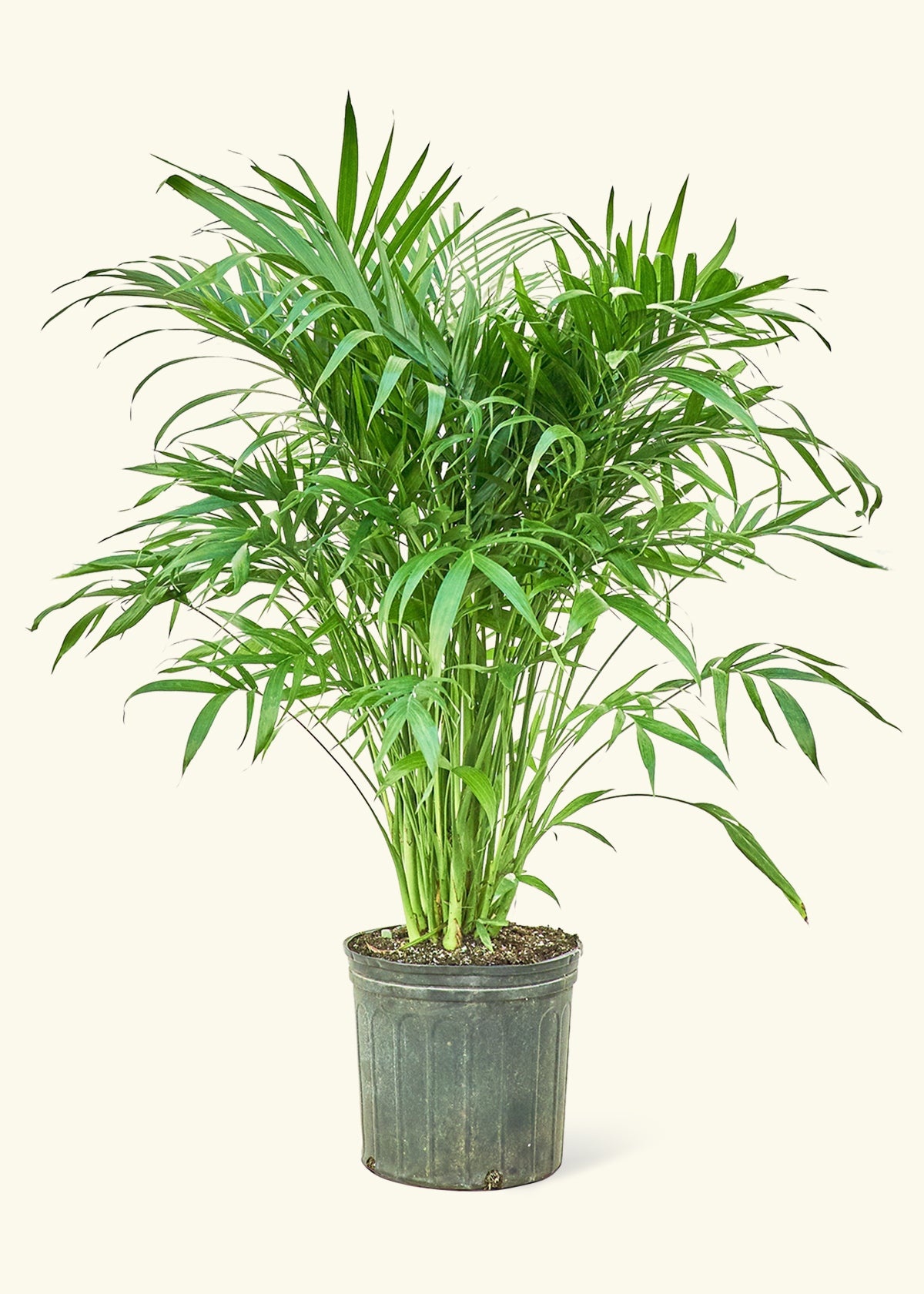
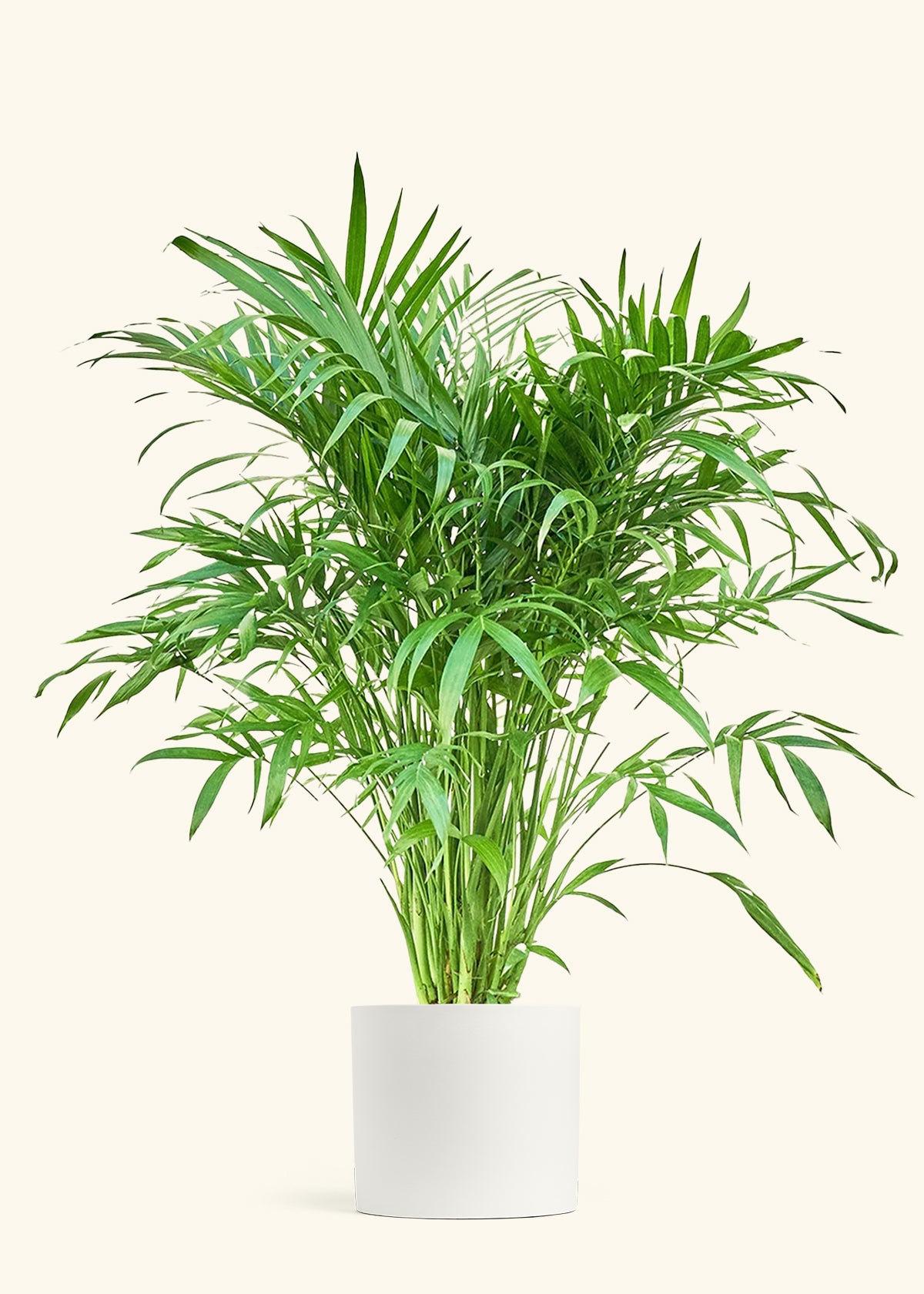
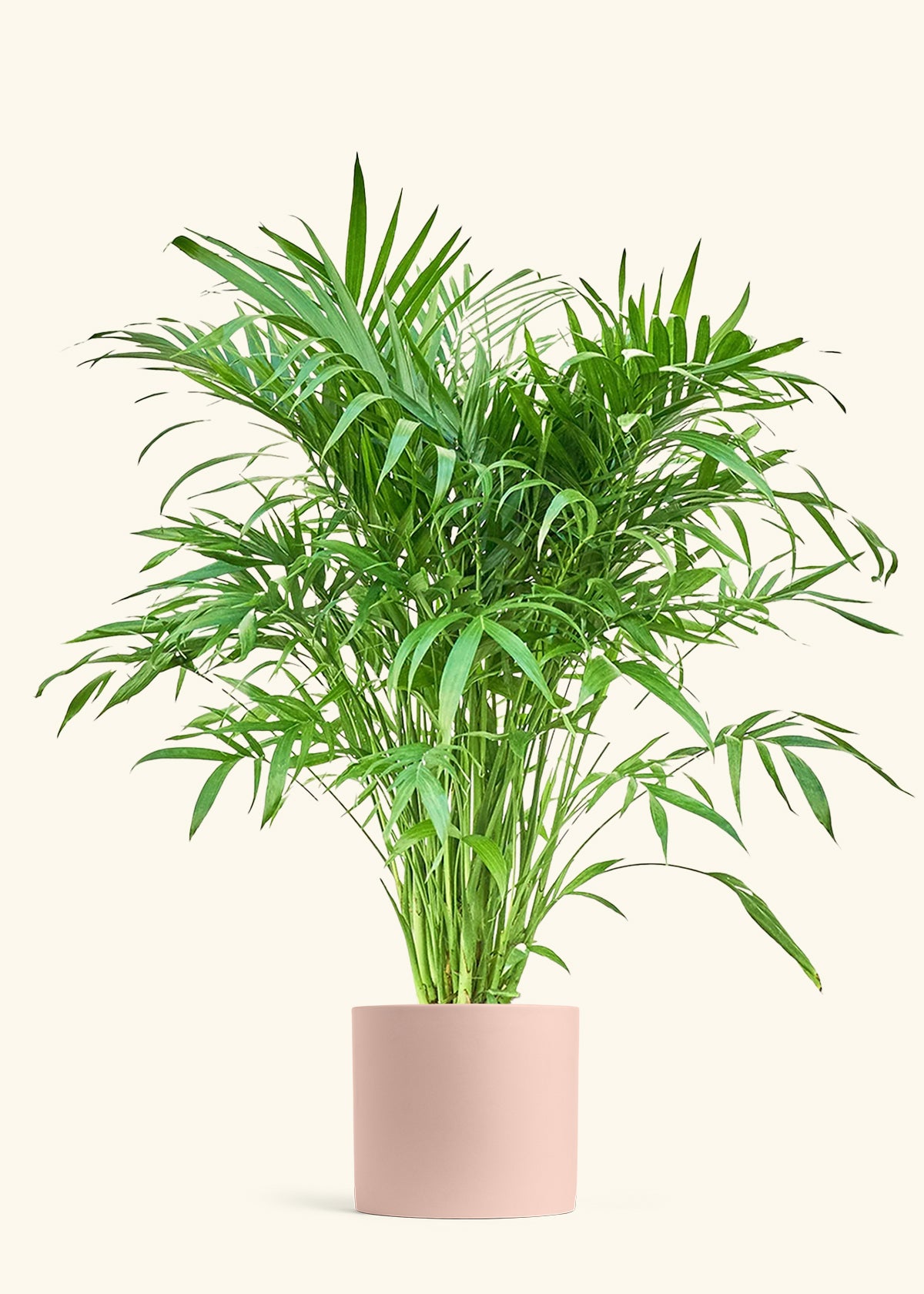
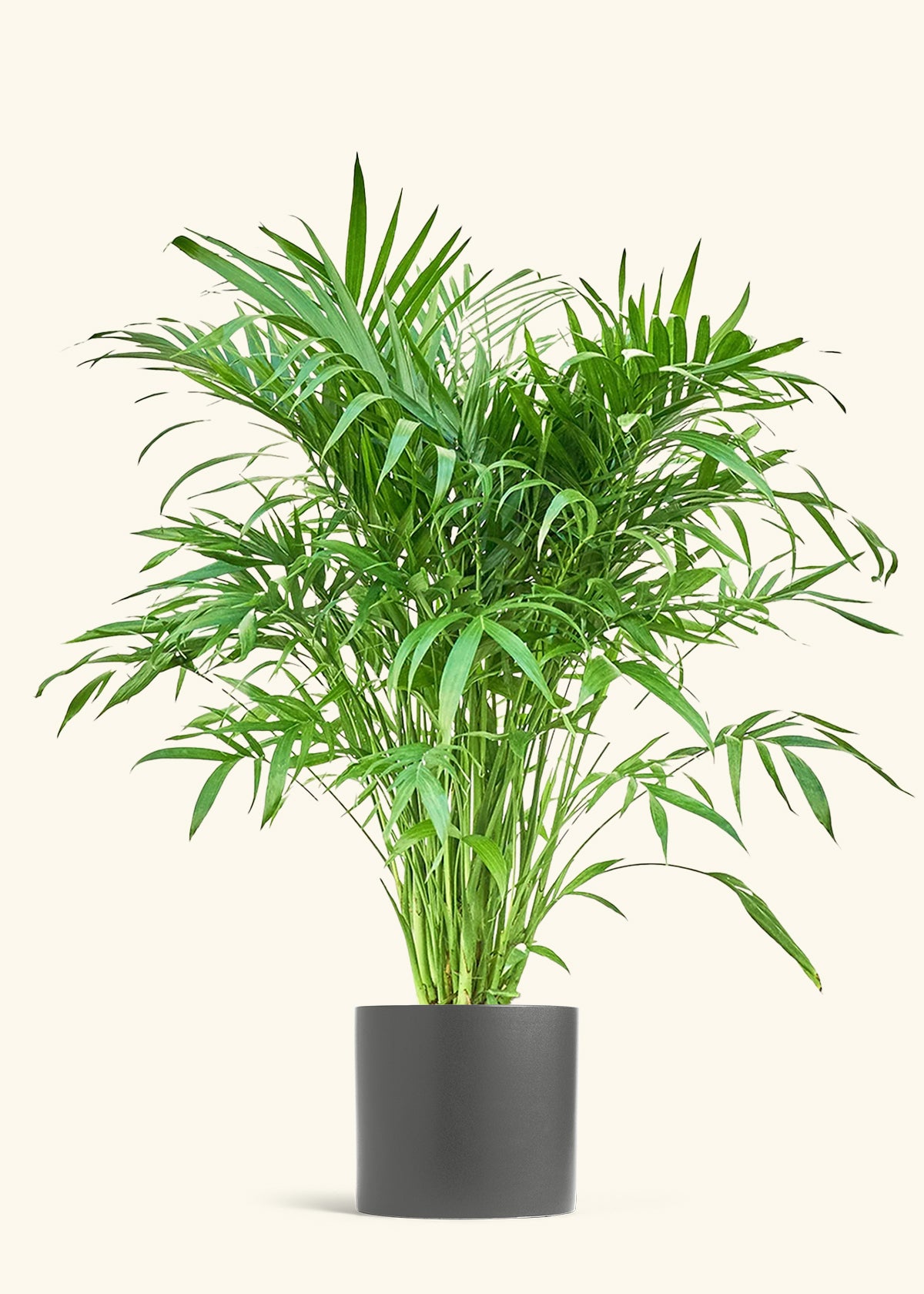
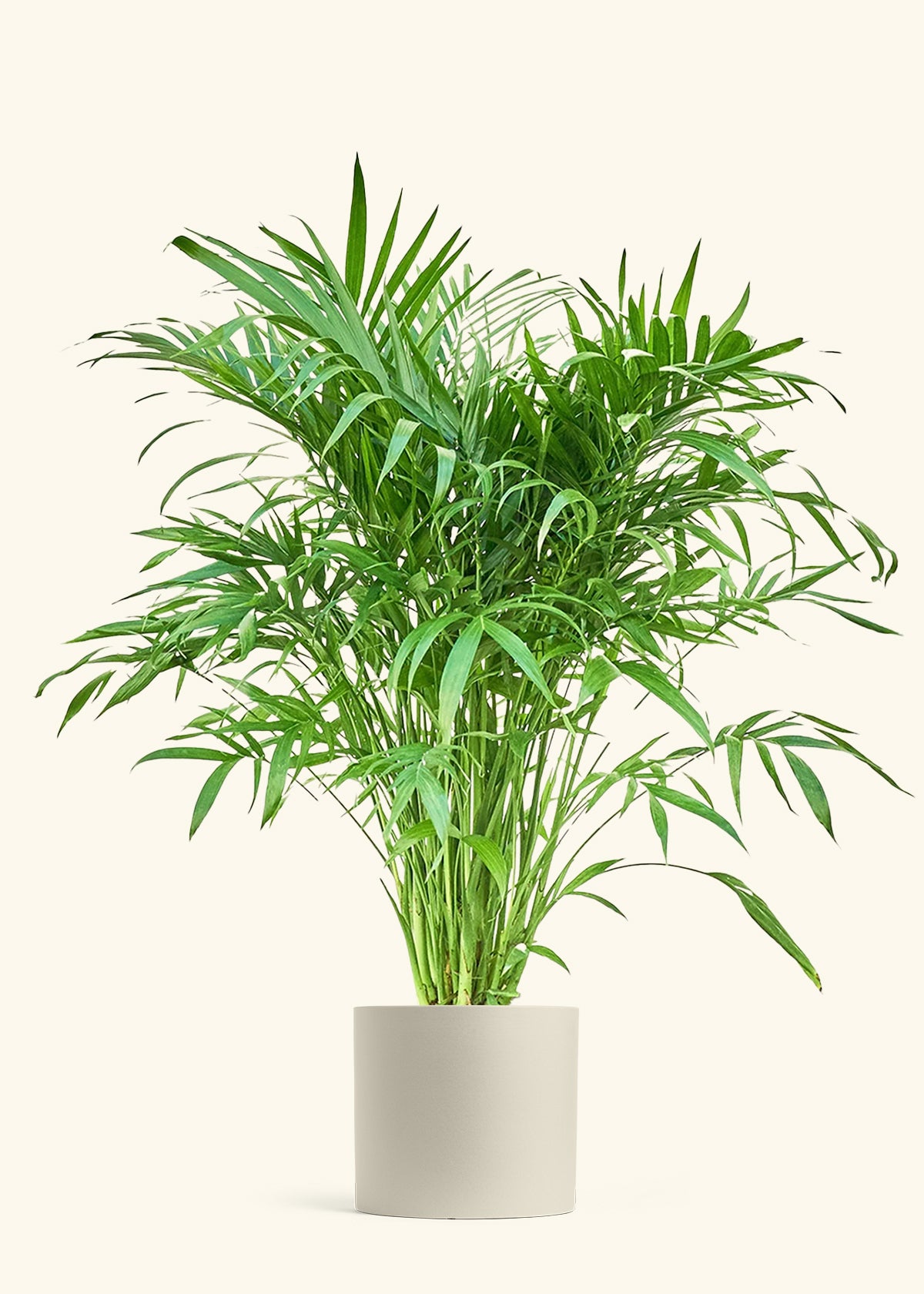


4"-7" height


6"-18" height


10" to 24" height


1.5-3' height
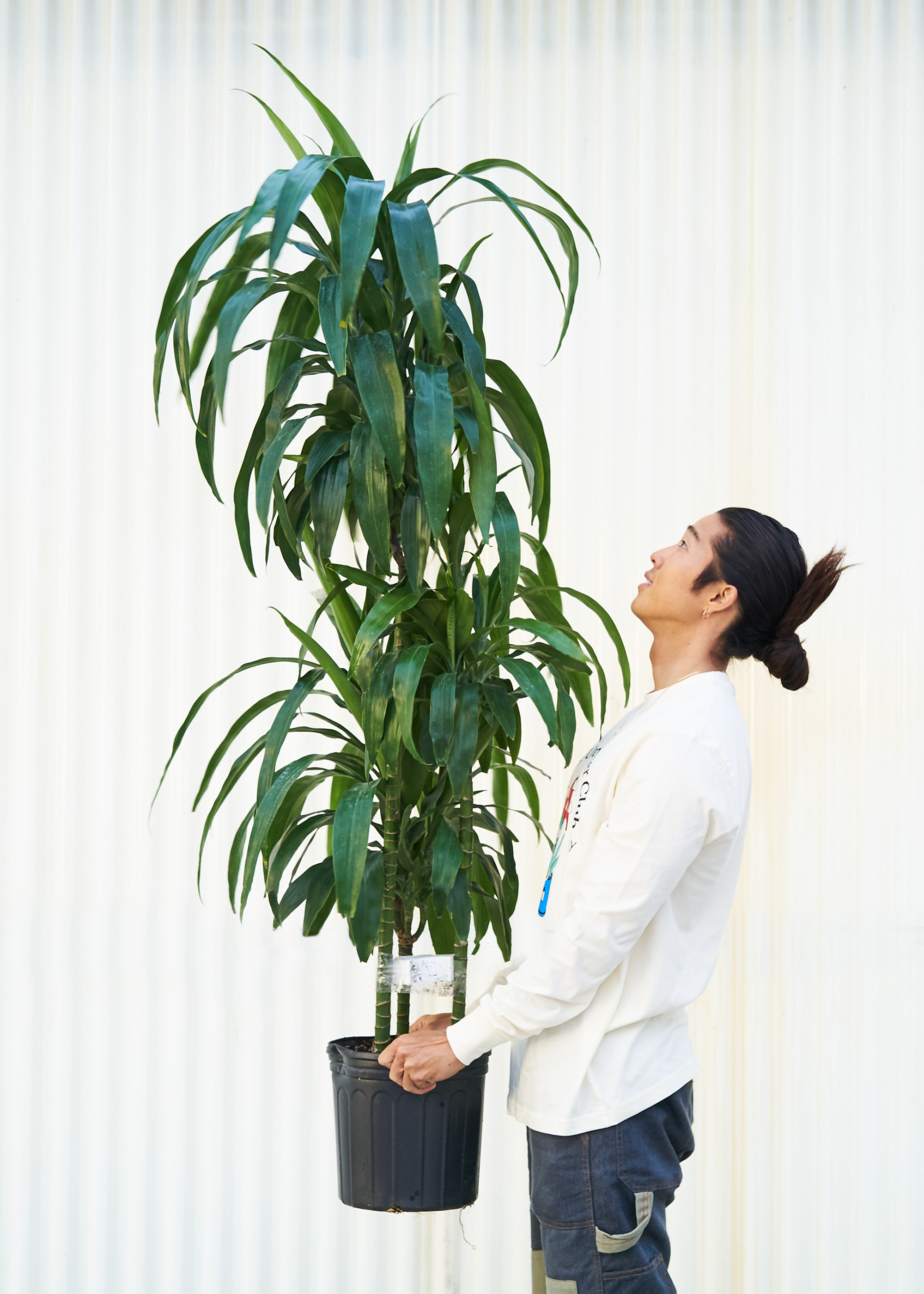

2-3.5' height
